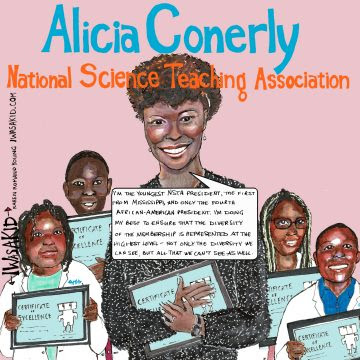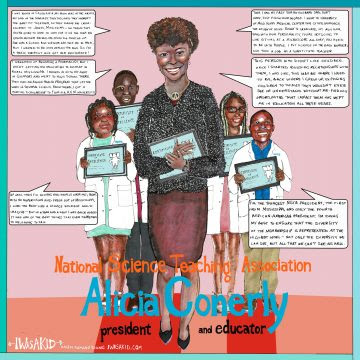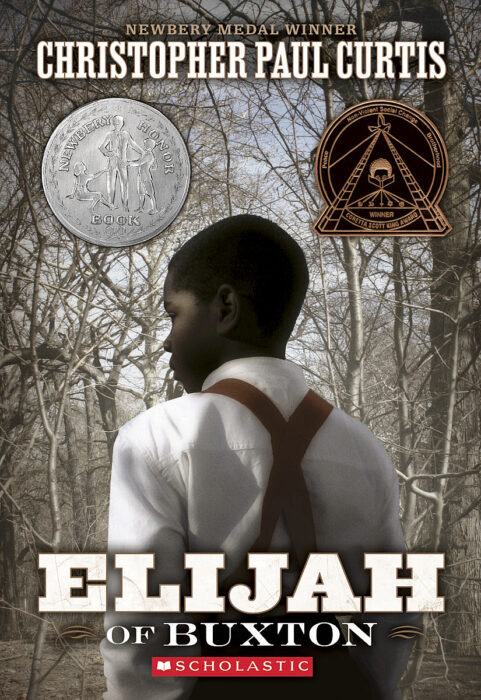Summer is a magical time. As the weather warms up and the days grow longer, there’s nothing quite like diving into a great book that captures the good vibes of summer. Whether it’s the thrill of swimming, the magic of summer friendships, or the adventure of summer camp, middle grade novels have a special way of bringing these stories to life. Here are five recently published middle grade books that will make you want to grab your swimsuit and dive right in!
Flip Turns by Catherine Arguelles (2022)
Thirteen-year-old Maddie just wants her classmate Lucas to leave her alone. He keeps asking her out—as if she hasn’t already said no a thousand times! Focusing on her competitive swim team, the Electric Eels, Maddie tries to ignore him, hoping he’ll stop harassing her.
But then, when someone starts sabotaging Maddie’s family-owned pool—glass on the deck, ketchup in the pool, followed by a “code brown”—Maddie worries it’s her “admirer” trying to get even. After Maddie’s parents rule the problems at the pool just harmless pranks, Maddie and her best friend, Ez, decide to investigate on their own. Could it be Lucas? And how can Maddie get him to leave her alone once and for all? The future of the Electric Eels and Maddie’s family legacy are on the line.
Barely Floating by Lilliam Rivera (2023)
Natalia De La Cruz Rivera y Santiago, also known as Nat, was swimming neighborhood kids out of their money at the local Inglewood pool when her life changed. The LA Mermaids performed, emerging out of the water with matching sequined swimsuits, and it was then that synchronized swimming stole her heart.
The problem? Her activist mom and professor dad think it’s a sport with too much emphasis on looks–on being thin and white. Nat grew up the youngest in a house full of boys, so she knows how to fight for what she wants, often using her anger to fuel her. People often underestimate her swimming skills when they see her stomach rolls, but she knows better than to worry about what people think. Still, she feels more like a submarine than a mermaid, but she wonders if she might be both.
Barely Floating explores what it means to sparkle in your skin, build community with those who lift you up, and keep floating when waters get rough.
 Camp QUILTBAG
Camp QUILTBAG by Nicole Melleby & A. J. Sass (2023)
Twelve-year-old Abigail (she/her/hers) is so excited to spend her summer at Camp QUILTBAG, an inclusive retreat for queer and trans kids. She can’t wait to find a community where she can be herself—and, she hopes, admit her crush on that one hot older actress to kids who will understand.
Thirteen-year-old Kai (e/em/eir) is not as excited. E just wants to hang out with eir best friend and eir parkour team. And E definitely does not want to think about the incident that left eir arm in a sling—the incident that also made Kai’s parents determined to send em somewhere e can feel like emself.
After a bit of a rocky start at camp, Abigail and Kai make a pact: If Kai helps Abigail make new friends, Abigail will help Kai’s cabin with the all-camp competition. But as they navigate a summer full of crushes, queer identity exploration, and more, they learn what’s really important. Camp QUILTBAG is a heartfelt story full of the joy that comes from being and loving yourself.
The Firefly Summer by Morgan Matson (2024)
For as long as Ryanna Stuart can remember, her summers have been spent with her father and his new wife. Just the three of them, structured, planned, and quiet. But this summer is different. This summer, she’s received a letter from her grandparents—grandparents neither she nor her dad have spoken to since her mom’s death—inviting her to stay with them at an old summer camp in the Poconos.
Ryanna accepts. She wants to learn about her mom. She wants to uncover the mystery of why her father hasn’t spoken to her grandparents all these years. She’s even looking forward to a quiet summer by the lake. But what she finds are relatives…so many relatives! Aunts and uncles and cousins upon cousins—a motley, rambunctious crew of kids and eccentric, unconventional adults. People who have memories of her mom from when she was Ryanna’s age, clues to her past like a treasure map. Ryanna even finds an actual, real-life treasure map!
Camp Famous by Jennifer Blecher (2023)
Eleven-year-old Abby Herman is beyond excited that her parents are letting her go to summer camp for the first time ever. Maybe camp will be the place she’ll finally find what she’s always wanted: a best friend. But—surprise!—she’s not going to just any summer camp, she’s going to Camp Famous, the one exclusively for famous kids escaping the spotlight.
Desperate to fit in with the pop stars, princesses, and geniuses, Abby creates a fake identity as a famous author. Everything goes as planned: the other girls welcome her, she participates in camp activities, and she even inspires a pop star! But as camp comes to a close, Abby finds herself torn between who she has pretended to be and who she truly is.
These five middle grade novels beautifully capture the spirit of summer, the joy of swimming, and the importance of friendship. Whether you’re looking for adventure, inspiration, or just a good story to get lost in, these books are sure to make a splash! Happy reading!
Half Moon Summer by Elaine Vickers (2024)
Drew was never much of a runner. Until his dad’s unexpected diagnosis. Mia has nothing better to do. Until she realizes entering Half Moon Bay’s half-marathon could solve her family’s housing problems.
And just like that they decide to spend their entire summer training to run 13.1 miles. Drew and Mia have very different reasons for running, but these two twelve year olds have one crucial thing in common (besides sharing a birthday): Hope. For the future. For their families. And for each other.
Like this:
Like Loading...





 Camp QUILTBAG by Nicole Melleby & A. J. Sass (2023)
Camp QUILTBAG by Nicole Melleby & A. J. Sass (2023)


 Strong voice can seem like a you-know-it-when-you-read-it element. For practice in recognizing voice, study some examples before assigning yourself a search-and-find mission in some favorite and some brand-new titles. Here are a few handy examples of MG voice:
Strong voice can seem like a you-know-it-when-you-read-it element. For practice in recognizing voice, study some examples before assigning yourself a search-and-find mission in some favorite and some brand-new titles. Here are a few handy examples of MG voice: